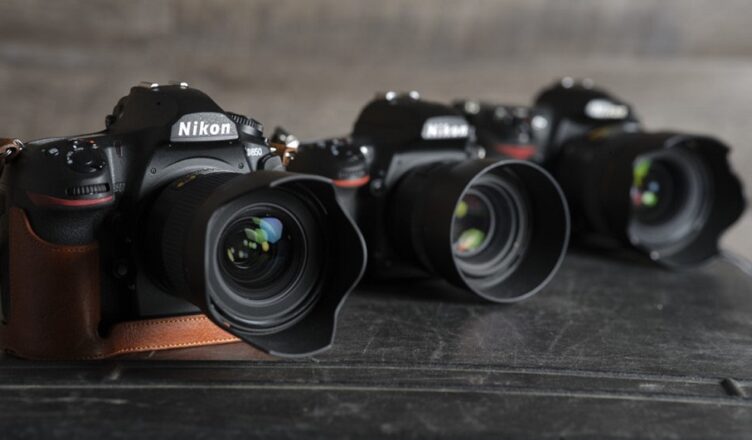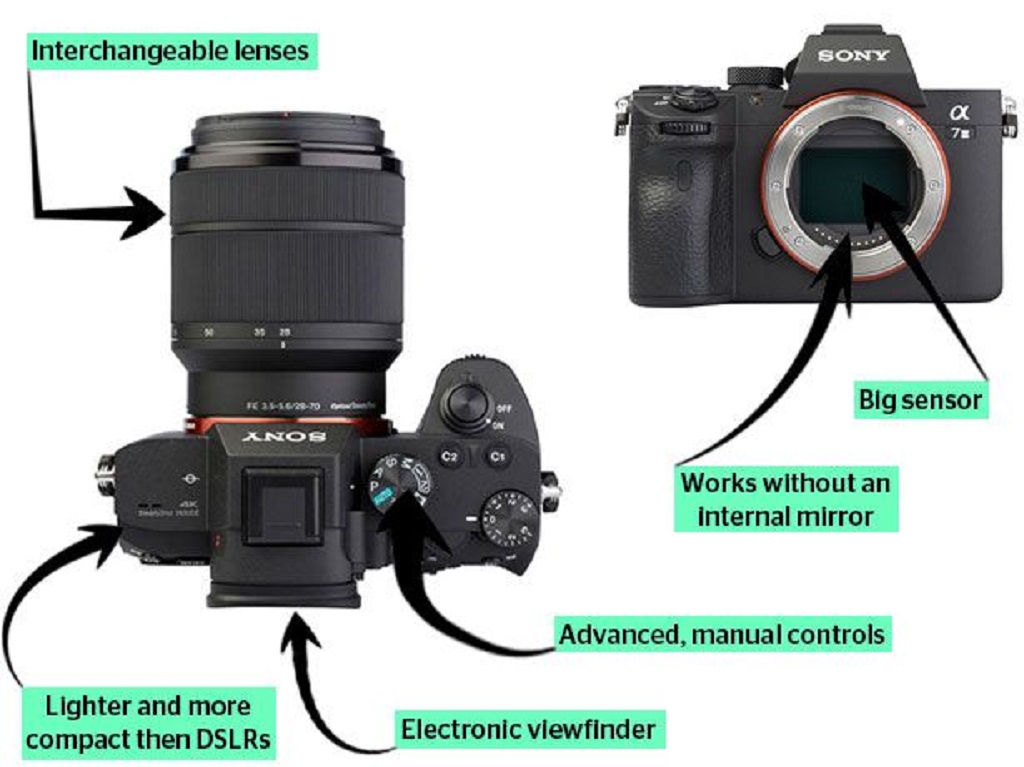In the fast-paced world of photography and visual expression, the digital camera stands as an indispensable tool. From capturing cherished memories to creating stunning artworks, the evolution of digital cameras has revolutionized how we perceive and interact with images. Amidst the vast array of features that modern digital cameras offer, one particular aspect emerges as the cornerstone of their functionality—the sensor. This article is crafted by Duckysdesktop.com.
Understanding the Sensor: The Heart and Soul of Digital Imaging
At the heart of every digital camera lies a sensor, a technological marvel that converts light into digital information. The importance of digital camera cannot be overstated, as they have revolutionized the way we capture and preserve memories. Imagine the sensor as the canvas on which light paints its intricate masterpiece. The sensor’s role is akin to that of a painter’s eye, capturing the nuances of color, texture, and detail in the world around us.
The Role of the Sensor
The sensor’s importance cannot be overstated. It serves as the very foundation upon which the entire process of digital photography is built. It determines the quality of the image, the level of detail, and the dynamic range—the gamut of colors and tones a camera can capture. In essence, the sensor is the bridge between the real world and the digital realm.
The Megapixel Myth
In the quest for technical superiority, many often fall into the trap of associating a camera’s quality solely with its megapixel count. However, the reality is more nuanced. While higher megapixels can lead to more detailed images, the sensor’s size and the quality of its construction play equally vital roles. A well-designed sensor with fewer megapixels can outperform a higher megapixel counterpart in terms of image clarity, especially in challenging lighting conditions.
Sensor Size Matters: A Closer Look at Variations
Sensor size is a critical factor that significantly influences the performance of a digital camera. Generally, the larger the sensor, the more light it can capture, resulting in improved image quality. There are several common sensor sizes, each catering to specific photographic needs:
Full-Frame Sensors (35mm)
These sensors mimic the size of a 35mm film frame, providing unparalleled image quality and low-light performance. They are favored by professional photographers and enthusiasts who prioritize top-notch results.
APS-C Sensors
Smaller than full-frame sensors, APS-C sensors strike a balance between performance and portability. They are commonly found in mid-range DSLRs and mirrorless cameras, making them an ideal choice for various genres of photography.
Micro Four Thirds Sensors
Even more compact, micro four thirds sensors are prominent in mirrorless cameras. Their smaller size contributes to the camera’s lightweight build, making them a popular choice for travelers and vloggers.
Beyond the Numbers: Sensor Technology
Sensor technology has advanced remarkably, leading to enhanced image quality and performance. Two primary types of sensors dominate the market:
CMOS (Complementary Metal-Oxide-Semiconductor)
CMOS sensors are widely used for their energy efficiency and excellent performance in high-speed photography. They are found in a variety of cameras, from point-and-shoot models to high-end DSLRs.
CCD (Charge-Coupled Device)
While less common in modern cameras, CCD sensors are known for their exceptional color accuracy and image quality. They are often used in scientific and industrial applications.
The Harmony of Hardware and Software
A digital camera’s sensor is only one part of a complex ecosystem. The interplay between hardware and software, including image processors and algorithms, plays a crucial role in delivering the final image. This synergy ensures that the sensor’s raw data is transformed into a vivid and captivating photograph.
Conclusion
In the ever-evolving landscape of digital photography, the sensor emerges as the quintessential element that shapes our visual narratives, while simultaneously, AI is Changing the Landscape of Professional Photography, revolutionizing how we capture, enhance, and express moments, infusing emotions into images and expanding the horizons of creative possibilities. So, the next time you hold a digital camera, remember that within its compact frame lies a sensor—a remarkable piece of technology that bridges the tangible and the digital, the fleeting and the eternal.
FAQs
- Do more megapixels always mean better image quality?
Not necessarily. While megapixels contribute to image detail, sensor size and quality are equally important factors.
- Are full-frame sensors the best choice for all photographers?
Full-frame sensors excel in certain scenarios, but the best choice depends on your photography style and preferences.
- Can a smaller sensor deliver professional-quality results?
Yes, smaller sensors like APS-C and micro four thirds can produce impressive results in the hands of skilled photographers.
- What role does sensor technology play in image quality?
Sensor technology influences factors like low-light performance, color accuracy, and overall image quality.
- How do hardware and software work together in image processing?
Hardware, including sensors, and software, such as image processors, collaborate to convert raw data into stunning images.


